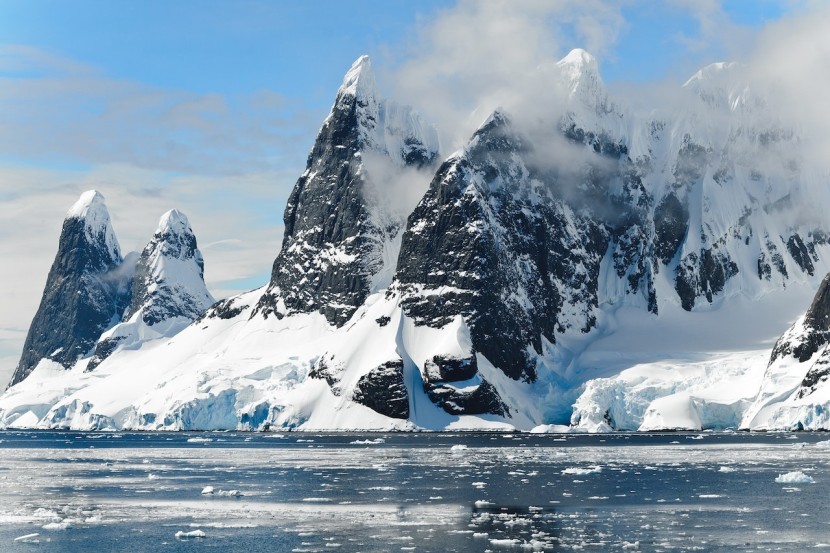
A group of researchers discovered five meteorites in Antarctica, including a massive 17-pound rock that contained the oldest material in our solar system dating back billions of years.
Antarctica is a hotspot for scientists who are on the hunt for meteorites because despite not being struck by space rocks more commonly than other areas, the colder, dry weather helps preserve the specimens that do land.
Massive 17-Pound Meteorite
Furthermore, active glaciers churn up ancient meteorites buried deep beneath the ice. Scientists are also assisted by the uniform white background, which makes seeing the dark-colored rocks much simpler.
The team of researchers that discovered the large meteorite in December last year used satellite data about Antarctica's surface and machine learning tools to predict the area where the space rocks would most likely have ended.
The finding is unique because such a large specimen is unusual among meteorite findings, as in the last hundred years, more than 45,000 space rocks have been discovered in Antarctica. The majority of those tens of thousands were what scientists categorized as micrometeorites, which weigh at most only a few hundred grams, as per Independent.
A member of the team that discovered the meteorite, Maria Valdes, who is also a research scientist at the Field Museum and the University of Chicago, said that only a hundred or so meteorites that have been discovered in Antarctica so far have been the same size or larger as the recent finding.
She added that a space rock's size does not necessarily matter, noting that even tiny meteorites can be valuable scientifically. However, she noted that large specimens are quite rare and elicit a certain excitement among scientists.
A professor at Eidgenössische Technische Hochschule Zurich, Maria Schönbächler, who is also part of the team, said that finding such a big meteorite can be attributed to luck. The massive space rock appeared to be made of chondrite, the most common material that meteorites make.
Oldest Material in the Solar System
The discovery of such a large meteorite could help scientists better understand the early conditions of our solar system and could also provide information about how planets at the time formed, according to Digital Trends.
The lead researcher of the team, Vinciane Debaille of the Université Libre de Bruxelles in Brussels, said while Antarctica is stunning to look at, it is a grueling place to work. However, she noted that going on an adventure to explore an unknown area of the planet was exciting.
Meteorites come from various sources, including asteroids, comets, or even pieces of other planets that were blasted off by an impact. Valdes said that studying meteorites helps us better understand our place in the universe.
The scientists hypothesize that the large meteorite most likely originated from the Main Asteroid Belt between Mars and Jupiter. The team spent the better part of two weeks on the backs of snowmobiles while combing ice fields to make the out-of-this-world discovery, said the New York Post.
Related Article: Earth's Core Appears To Slow Down, Turn in Opposite Direction
© 2025 HNGN, All rights reserved. Do not reproduce without permission.








